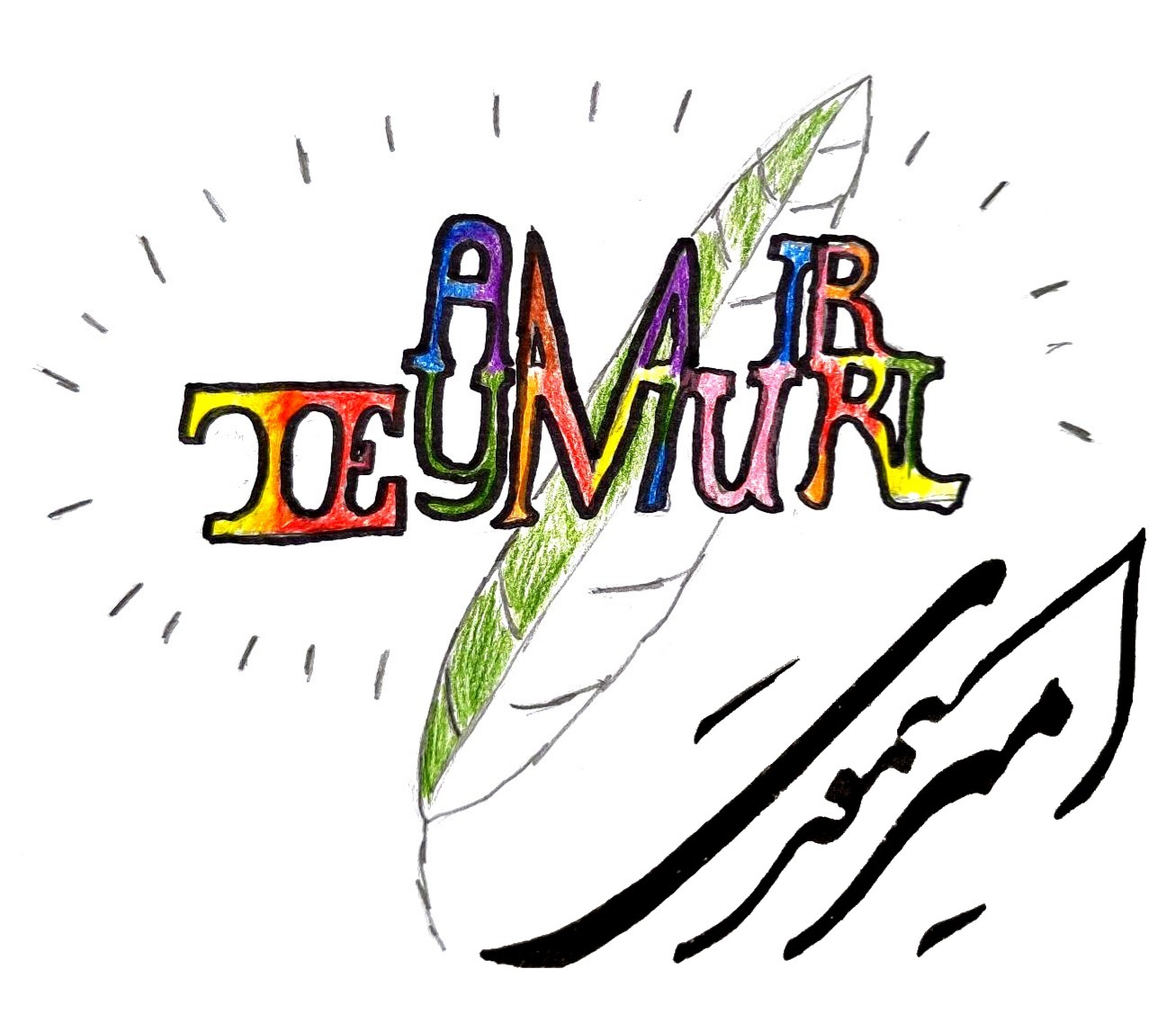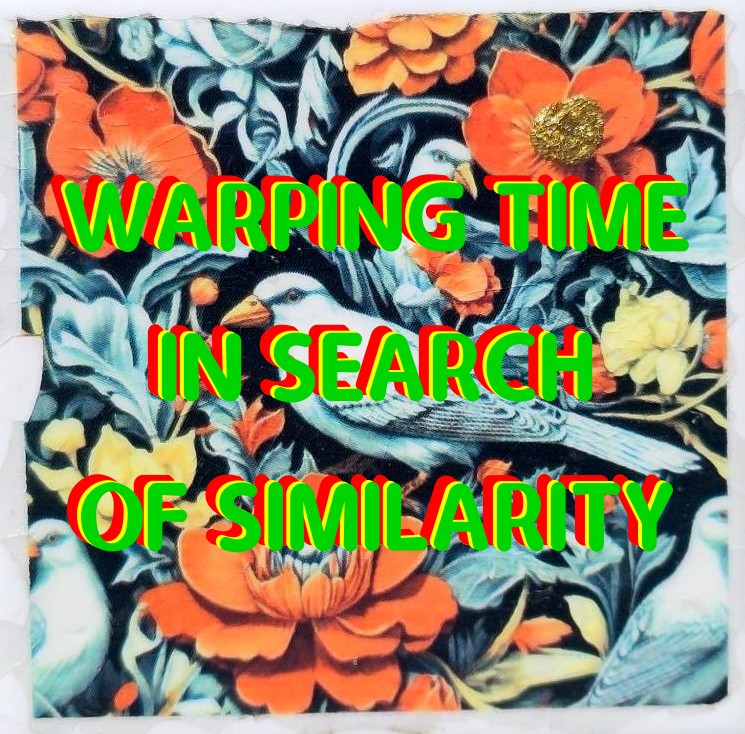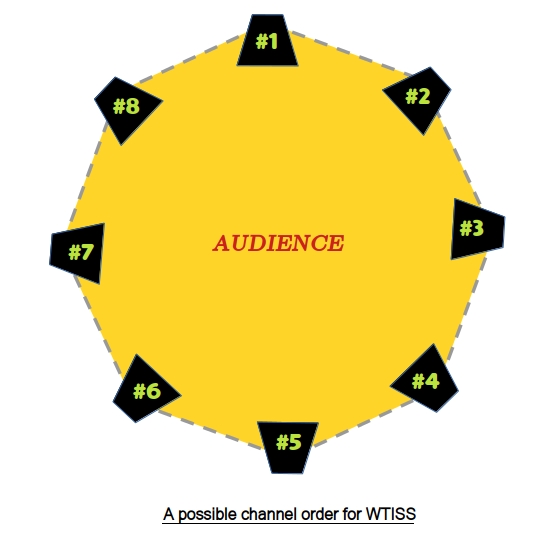WARPING TIME IN SEARCH OF SIMILARITY (2025)
Eight-channel audio composition
DURATION 11 min 30 sec
COMMISSIONED BY Floating Sound Gallery Vienna
PERFORMANCES
- Circuit Fantôme Season 5 | Floating Sound Gallery Vienna, Kulturverein Vronihof, Vienna | May 30, 2025
- Recontres Acousmatiques 2025 | Research Center CRANE lab (Heterotopia, Acousmatic Music, Volumiphony, Action Art & Ethics of Arts), Montbard, France | July 4, 2025
In this work, I aim to create transitional structures. Touching upon the paradox of dynamic, time-evolving, and static elements coexisting, this piece investigates the interconnectedness of occurrences of seemingly unrelated things within a tiny universe —the music itself!— through the evolution of sound and the passage of time. As a composer, I have been interested in developing different approaches to creating what I label as "transitional music". In this regard, I have particularly been focused on working with larger sonic sequences rather than the metamorphosis of a single sound within itself. I envision, in simple musical terms, creating smooth crossings from one melody into another, even if they are very different! My original idea was to devise tools not strictly bound to digital contexts but also applicable to instrumental music. To this end, I developed strategies conceived on an abstract, non-musical level, making them more universally applicable and powerful. One aspect that has drawn me to using abstract algorithms —such as Dynamic Time Warping (DTW), which I will explain in the next paragraph— for creating formal musical structures is their ability to operate on a higher data level rather than on a narrow and specific set of musical aspects. This allows the results to be projected into diverse sonic properties and utilized in different musical contexts. In this work, I use a byproduct of a well-known algorithm for speech recognition called Dynamic Time Warping. The approach of the algorithm, in simplified terms, is as follows: two sequences (streams of data, e.g., audio files) are compared to determine whether their content is the same, regardless of temporal discrepancies. For instance, it can identify whether both contain the spoken word "Music", even if the word is pronounced at different speeds. The algorithm assumes that both data streams (time series) are fundamentally the same and then tries to identify and compensate for the timing differences between them. This approach has the benefit, compared to other pattern-recognition algorithms, of minimizing the influence of possible timing differences on the recognition process and result. Technically speaking, the algorithm creates a matrix that embodies a mapping from every element (data point) in the first sequence to the "most similar" counterpart in the second sequence. In my composition, I have used this “similarity matrix” (in DTW, it is called an “alignment path”) to build custom-sized interpolations between different features of my sound-sequences. In “Warping Time in Search of Similarity” these features include duration, harmonic content, filter qualities, intensity of sounds, envelope data, and sometimes localization information within the 8-channel environment.
For the performance of this piece, any arrangement of the eight loudspeakers is acceptable, as long as the speakers are placed equidistantly from each other and surround the audience (e.g. a lineup of eight speakers in a straight row would not be permissible). Here is one (classical) possibility, but other sortings of 1 to 8 are also imaginable:
Listening Advice
Try to recognize and distinguish the different sound gestures that begin the piece. While they are mostly similar and share a common nature at the start, they are not identical; rather, they are variants of the same root. Follow their development and transformations as they gradually weave together and merge into a unified whole around 6:41. A similar form of gesture transformation occurs in other sections as well.
A binaural rendering has been published at Sounding Future.


